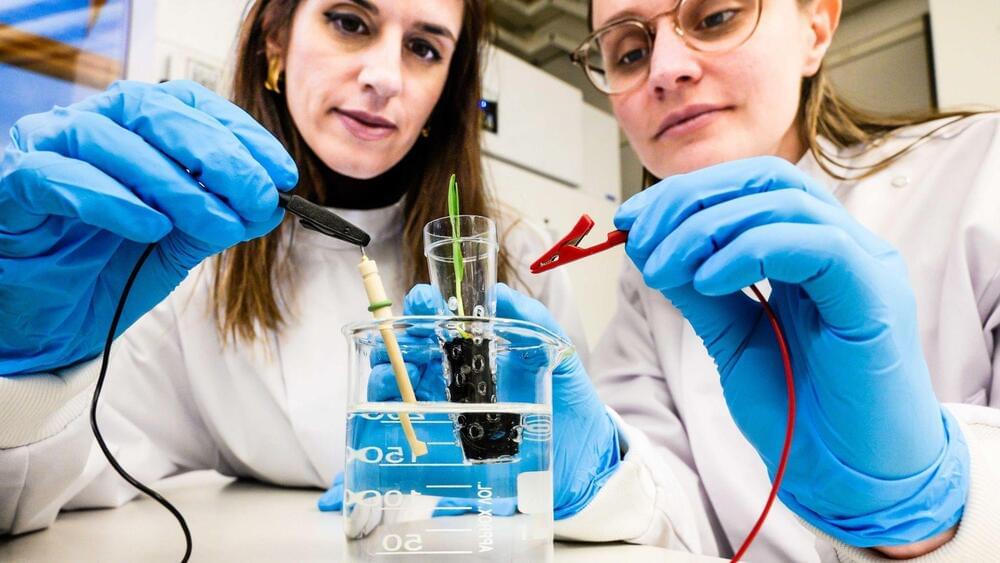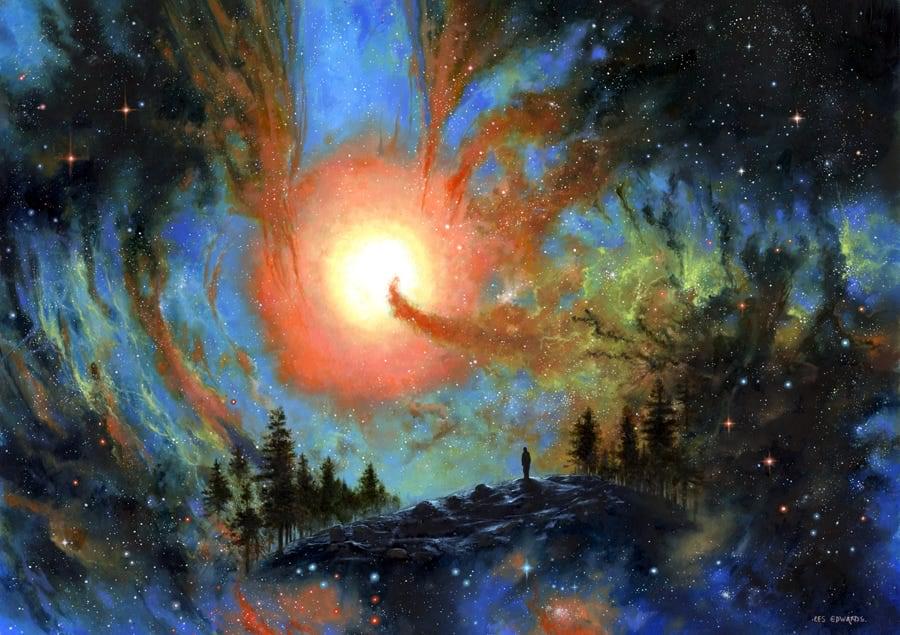Ancient societies revered dreams. Modern science tells us why.





Today in clueless rich guys, we have Uber CEO Dara Khosrowshahi, who was stunned to learn how much it costs to take a three-mile ride in New York City using his company’s app.
In a wide-ranging interview with Wired, Khosrowshahi was veritably stunned when the reporter questioning him asked if he knew how much a ride in the Big Apple costs.
“I traveled 2.95 miles in an Uber to get here today,” the reporter, Steven Levy, asked the CEO. “What do you think it cost?”





The world order that existed since the end of World War II is coming to an end. We we can expect to see in the next few years. As a bonus I added some never se…